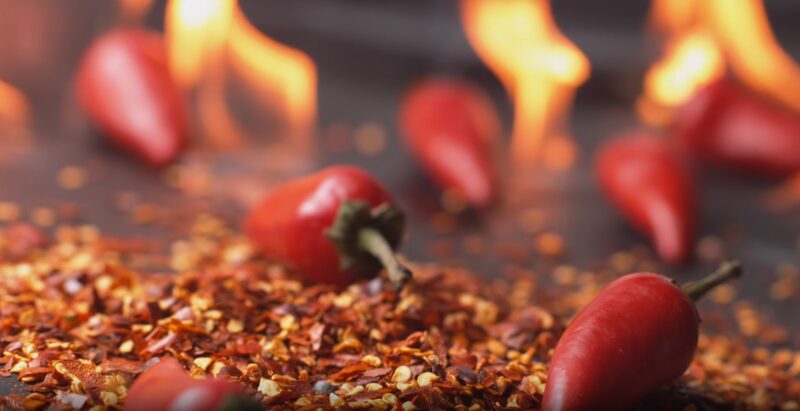Making homemade chili powder is a straightforward process that allows you to customize the flavor and heat level to your preference. Before you begin, it’s important to consider the variety of chilies and spices you want to include in your powder. The chilies can range from mild to very hot, and each type will contribute a different level of heat and a distinct flavor profile to your chili powder.
What Are the Main Ingredients?
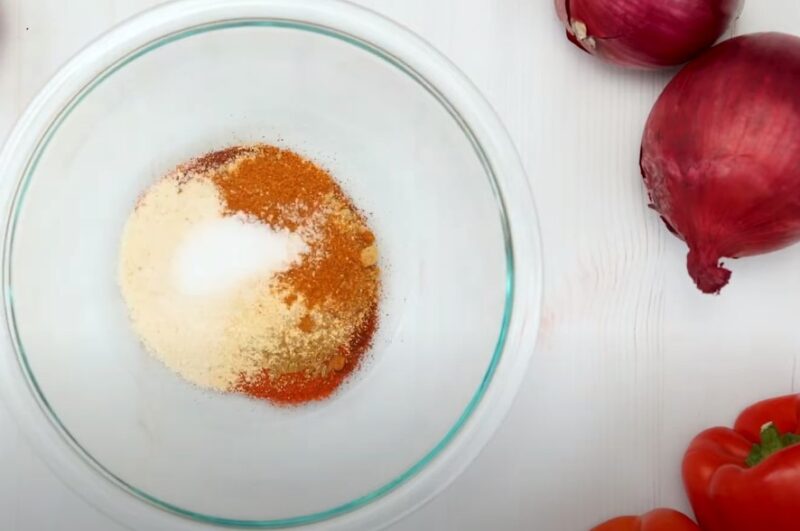
The foundation of any chili powder is, of course, the chilies themselves. However, additional spices are just as crucial for achieving the complex flavor profile characteristic of a good chili powder.
Choosing the Right Chilies
The choice of chilies will determine the overall heat and flavor. Ancho chilies provide a mild, sweet taste, while chipotles add a smoky note. For heat, you might incorporate de arbol or cayenne peppers. It’s the balance between these flavors that will give your chili powder its distinctive character.
Selecting Complementary Spices
Spices like cumin, garlic powder, and oregano are non-negotiable in chili powder for their ability to enhance and complement the chilies. Cumin adds earthiness, garlic powder brings a pungent kick, and oregano offers a slight bitterness and herbaceous quality. These, along with optional ingredients like onion powder or smoked paprika, round out the chili powder’s profile.
How to Prepare Homemade Chili Powder?
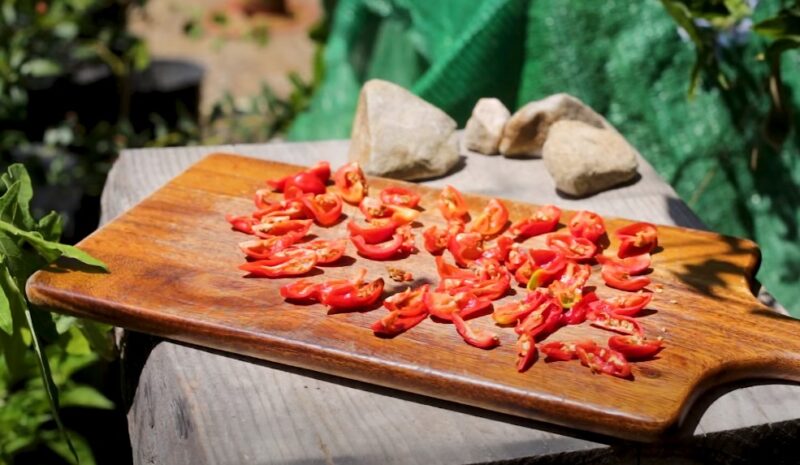
The process of making chili powder is as much about the journey as it is about the destination. It’s a simple endeavor that requires attention to detail and a willingness to adjust to taste.
Preparing the Chilies
The first step is to prepare your chosen dried chilies. They should be stemmed, seeded, and torn into smaller pieces for even toasting. This process is essential as it awakens the oils within the chilies, intensifying their flavor.
Toasting for Enhanced Flavor
Toasting the chilies and spices is a critical step that should not be rushed. The heat must be controlled to prevent burning, which can introduce a bitter taste. A dry skillet over medium heat will suffice, and the chilies should be constantly moved until they emit a deep, roasted aroma.
Grinding to Perfection
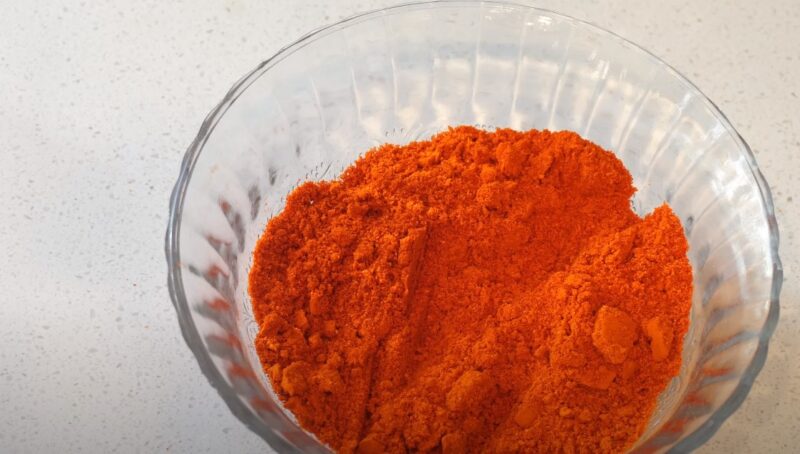
Once cooled, the chilies and spices are ready for grinding. A spice grinder will yield the finest powder, but a food processor or mortar and pestle can also be effective. The goal is a fine, uniform powder that embodies all the individual flavors of the ingredients.
| Ingredient | Quantity | Notes |
|---|---|---|
| Ancho chili peppers | 4, dried | Stemmed and seeded |
| Guajillo chili peppers | 4, dried | Stemmed and seeded |
| Arbol chili peppers | 3, dried | Stemmed and seeded, optional for heat |
| Cumin seeds | 2 tablespoons | |
| Garlic powder | 1 tablespoon | |
| Dried oregano | 1 tablespoon | Preferably Mexican oregano |
| Smoked paprika | 1 tablespoon |
Instructions:
- Toast the chili peppers and cumin seeds in a dry skillet over medium heat until fragrant.
- Allow the ingredients to cool completely.
- Grind the toasted ingredients along with the garlic powder, dried oregano, and smoked paprika until fine.
- Store the chili powder in an airtight container away from direct sunlight.
This recipe will provide about 1/2 cup of homemade chili powder. Adjust the number of Arbol chili peppers if you prefer a spicier or milder chili powder.
Best Way to Store it For Later
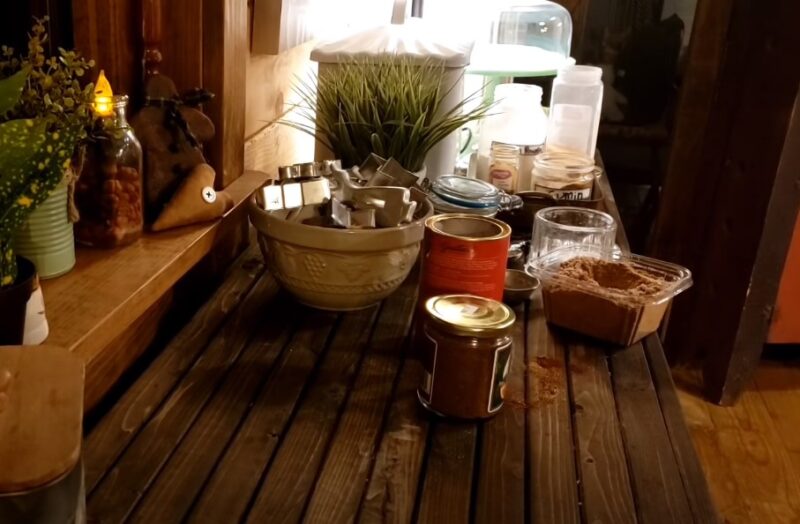
After the chili powder is ground, storage becomes the next important consideration. An airtight container is paramount, and placement in a cool, dark place will ensure the longevity of the powder’s potency. The great thing is that it can last for months.
Therefore, choosing the right spot in the kitchen will help you spice your food all the time and enjoy a perfect taste. A regular cabinet will be just fine, but avoid the one right above the stove the keep a stable temperature.
Culinary Applications
Homemade chili powder is incredibly versatile. Its uses extend beyond just chili; it can be incorporated into rubs for meats, added to stews and soups, or even sprinkled over vegetables for roasting. The beauty of homemade chili powder is that it can be adjusted for any culinary application, from mild and flavorful to fiery and intense.
| Recipe Name | Cuisine Type | Main Ingredients | Prep Time | Cook Time | Chili Powder Usage |
|---|---|---|---|---|---|
| Classic Beef Chili | American | Ground beef, kidney beans, tomatoes, onions | 20 min | 1 hr | 2 tbsp |
| Chicken Fajitas | Mexican | Chicken breast, bell peppers, onions | 15 min | 20 min | 1 tbsp |
| Vegetarian Bean Chili | American/Mexican | Black beans, quinoa, corn, tomatoes | 10 min | 30 min | 1.5 tbsp |
| BBQ Rub for Ribs | American | Brown sugar, paprika, garlic powder | 5 min | – | 2 tbsp in mix |
| Spicy Pumpkin Soup | International | Pumpkin, vegetable stock, cream, onions | 10 min | 25 min | 1 tsp |
| Taco Seasoning | Mexican | Ground cumin, garlic powder, onion powder | 5 min | – | 4 tbsp in mix |
| Spiced Roasted Vegetables | Mediterranean | Assorted vegetables, olive oil | 10 min | 40 min | 1 tbsp |
Can You Adjust the Flavor?
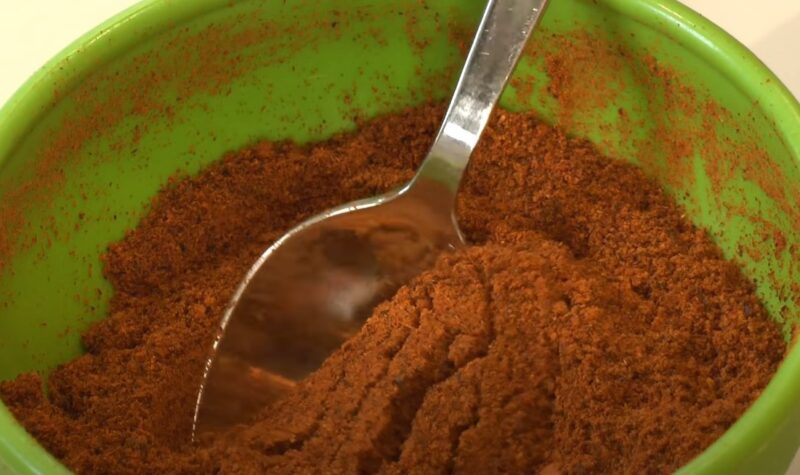
Achieving the perfect homemade chili powder is an iterative process. Each batch provides an opportunity to refine your blend, adjusting for more heat, sweetness, or complexity as your palate desires. This customization is what sets homemade apart from store-bought varieties.
Adjusting Heat Levels
The heat in your chili powder is primarily determined by the type and amount of chili peppers used. If your blend is too hot, you can increase the ratio of milder chilies like ancho or reduce the quantity of hotter chilies like cayenne. Conversely, if you desire more heat, incrementally add more of the spicier chilies until the desired piquancy is reached.
Balancing Flavors
A well-crafted chili powder should have a balance of flavors. If your blend is too spicy, it can overpower other subtle notes. Including spices like paprika can introduce sweetness, while a bit of smoked paprika can contribute a smoky dimension without significantly altering the heat.
Be Creative
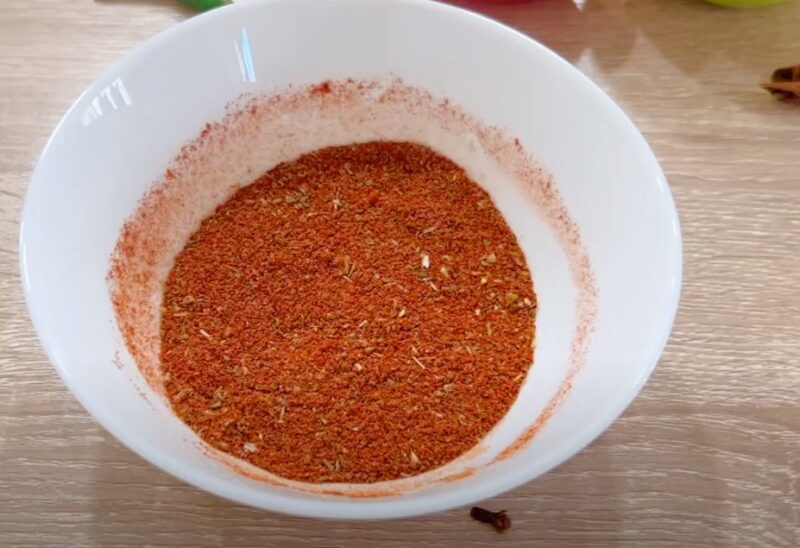
Once you’ve crafted your ideal chili powder, the culinary applications are nearly endless. Beyond traditional uses, your homemade blend can bring life and complexity to a variety of dishes.
Breakfast Dishes
A pinch of chili powder can transform breakfast items, giving an edge to eggs or potatoes. It pairs well with avocado toast, offering a contrast to the creaminess of the avocado.
Sweet Applications
Chili powder can also find its way into sweet dishes. A light dusting over chocolate or caramel can introduce an intriguing flavor profile that teases the palate with its sweet and spicy interplay.
Beverage Enhancements
For the adventurous, homemade chili powder can be used to rim glasses for cocktails, adding a kick to your favorite margarita or Bloody Mary.
Always Use Fresh Ingredients
The quality of your chili powder is directly influenced by the freshness of your ingredients. Purchasing whole spices and grinding them yourself can make a noticeable difference in the potency and flavor of your blend.
Sourcing Quality Chilies
When selecting chilies, look for ones that are pliable and not too dry. This indicates that they still contain essential oils, which are critical for flavor. Specialty stores or online markets can be good sources for high-quality, fresh dried chilies.
Whole Spices Versus Pre-Ground
While pre-ground spices are convenient, they lose their flavor more quickly. Whenever possible, opt for whole spices. The act of grinding them releases their essential oils, which are the carriers of flavor and aroma.
Why This is a Better Solution Than Buying in the Store?
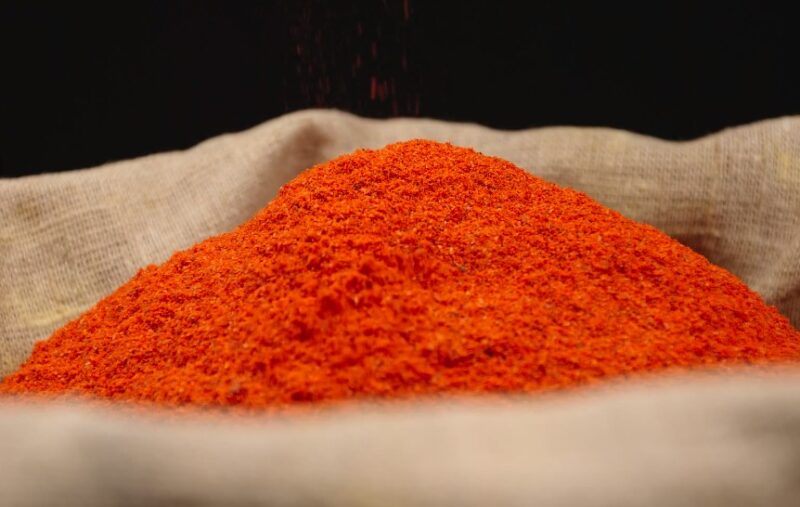
Creating your own chili powder is about more than just crafting a spice blend. It’s about taking control of your ingredients, understanding the process of flavor development, and tailoring the end product to suit your taste perfectly.
Personalization
With each batch, you have the chance to tweak and perfect your recipe. This personalization can’t be bought and is what makes the homemade approach so rewarding.
Sharing Your Creations
Homemade chili powder also makes for a thoughtful gift for the food enthusiasts in your life. Packaged in a nice jar with a custom label, it’s a unique and personal way to share your passion for cooking.
FAQs
Can I use fresh chilies instead of dried to make chili powder?
Fresh chilies are not suitable for making chili powder because they contain moisture that can lead to mold and spoilage. Dried chilies are essential because they have been dehydrated, concentrating their flavors and allowing them to be ground into a fine powder.
How can I reduce the clumping of my chili powder?
Clumping is often a result of moisture. To reduce clumping, ensure all your spices are completely dry before grinding. You can also add a few grains of rice to the powder, which will absorb any excess moisture. Make sure to store your chili powder in a dry place.
Is it necessary to wear gloves when handling dried chilies for chili powder?
It is advisable to wear gloves when handling dried chilies, especially if they are of a hotter variety. Capsaicin, the compound that makes chilies spicy, can irritate your skin or eyes upon contact.
How do I know when the chilies are toasted enough?
The chilies are toasted enough when they darken slightly, become fragrant, and are pliable. It usually takes a few minutes. Be vigilant as they can burn quickly, which would give a bitter flavor to your chili powder.
Can I make chili powder without a grinder?
Yes, you can use a mortar and pestle for grinding your dried chilies and spices. It requires more effort but can be quite effective. As an alternative, a rolling pin or a hammer can crush the chilies, although the powder may not be as fine.
How long does homemade chili powder last before it loses its potency?
Homemade chili powder can last up to a year if stored properly, but it’s best used within six months for optimal flavor. Over time, the spices will gradually lose their potency, meaning you may need to use more of the powder to achieve the same flavor intensity.
Summary
Making your own chili powder is a rewarding endeavor that enhances your dishes with a personal touch. It’s a celebration of flavor that invites experimentation and creativity into your kitchen. Each batch is a reflection of your culinary journey and a testament to the art of spice blending.

